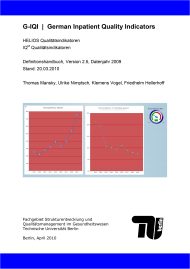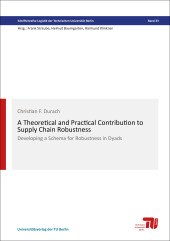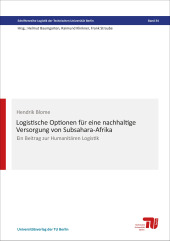G-IQI – German inpatient quality indicators – HELIOS Qualitätsindikatoren, IQ Qualitätsindikatoren; Definitionshandbuch, Version 2.5, Datenjahr 2009

Format: 21,0 x 29,7 cm
Publishing year: 2010
Measuring quality is an essential prerequisite for quality management. Without identifying quality problems a continuing quality improvement process can not be established. Quality of medical care depends on several issues. Certainly, structures and processes will influence outcome in many cases. However, the correlation to outcome is often low. Therefore, it is essential to focus directly on medical outcomes, as well. An outcome oriented quality management will also include improvement of structures and processes, if this is necessary to achieve outcome goals. Due to the implementation of a DRG reimbursement system in Germany in 2003, the quality of the hospital discharge data set has largely increased. It has become more accurate, and much more complete with respect to secondary diagnoses and procedures. These readily available administrative data are the basis for calculating the volume, process and outcome measures of the German Inpatient Quality Indicator (G-IQI) set. Completeness and comparability are the advantages of using administrative data for quality measurement. The introduction of the DRG system in Germany was accompanied by the implementation of strict coding guidelines and regulations for controlling the quality of coding. Hospital discharge and claims data is beeing reviewed by the hospitals themselves, as well as by the payors. Thus, it is one of the best-checked medical data sets available. Without any additional data collection indicators can be defined by any logical combination of principle and secondary diagnoses, procedures and demographic data. The HELIOS hospital group started in the year 2000 to develop a set of medical key performance and quality indicators for its acute care hospitals. A continuing process of defining, applying, discussing and redefining these figures has been conducted. Meanwhile, this German Inpatient Quality Indicator set is also applied by many other hospitals and hospital groups in Germany. The presented definition manual outlines the exact technical specifications of G-IQI version 2.5 for all interested parties. The indicator set is appropriate for identifying potential quality problems. It helps to review hospital performance and provides the basis for goal oriented improvement activities. However, measurement alone does not constitute an improvement process. It is also necessary to review patient records of critical cases. For example, a sound analysis of unexpected deaths during hospital stay for certain conditions enables the recognition and removal of problems in the process of care. Depending on the type of problem this may include treatment guideline adherence, changes in interdisciplinary team work, ER management, etc. Effects of improvement activities and the achivement of objectives can be monitored continously by measuring at regular intervals. The G-IQI indicators presented here are defined using in-hospital information only. As the required information is readily available within hospitals, they can be measured immediately. These indicators may be supplemented by measures based on insurance data. Due to the DRG claims process and electronic claims data for other medical services, insurances’ administrative data cover multiple treatment episodes, medication, death and other longterm information. Using these data outcome indicators can be defined, which are better standardized than in-hospital indicators (for example 90-day mortality instead of in-hospital mortality) and which can cover many measures for long term outcome (complication rates, reoperations, death etc.) by incorporating the analysis of multiple patient encounters within the health system (for further details see Health Affairs 2009, 28(2):w294-w304). The indicators calculated with both methods can be coordinated as they rely on the same core data. The combination of both methods provides extensive information about short- and longterm outcome. The method of using administrative data for output- and outcome-analysis is meanwhile used in many countries. It will be further developed and probably partly replace and supplement existing, much more streneous methods of quality measurement which rely on gathering separate data. It has to be considered that quality issues investigated by this method are not new per se. New is the method of how to calculate outcome indicators. It is a technical improvement, which reduces bureaucracy in data sampling and makes it possible to answer questions, which have not been accessible on the basis of former methods using acceptable effort. Furthermore the method enables health insurances to measure outcome by their own using administrative data, which due to the claims process is readily available. This simultaneous improvement of methodologic efficiency and transparency creates new opportunities, which will have consequences for future quality managent as well as for establishing outcome oriented payment methods.



